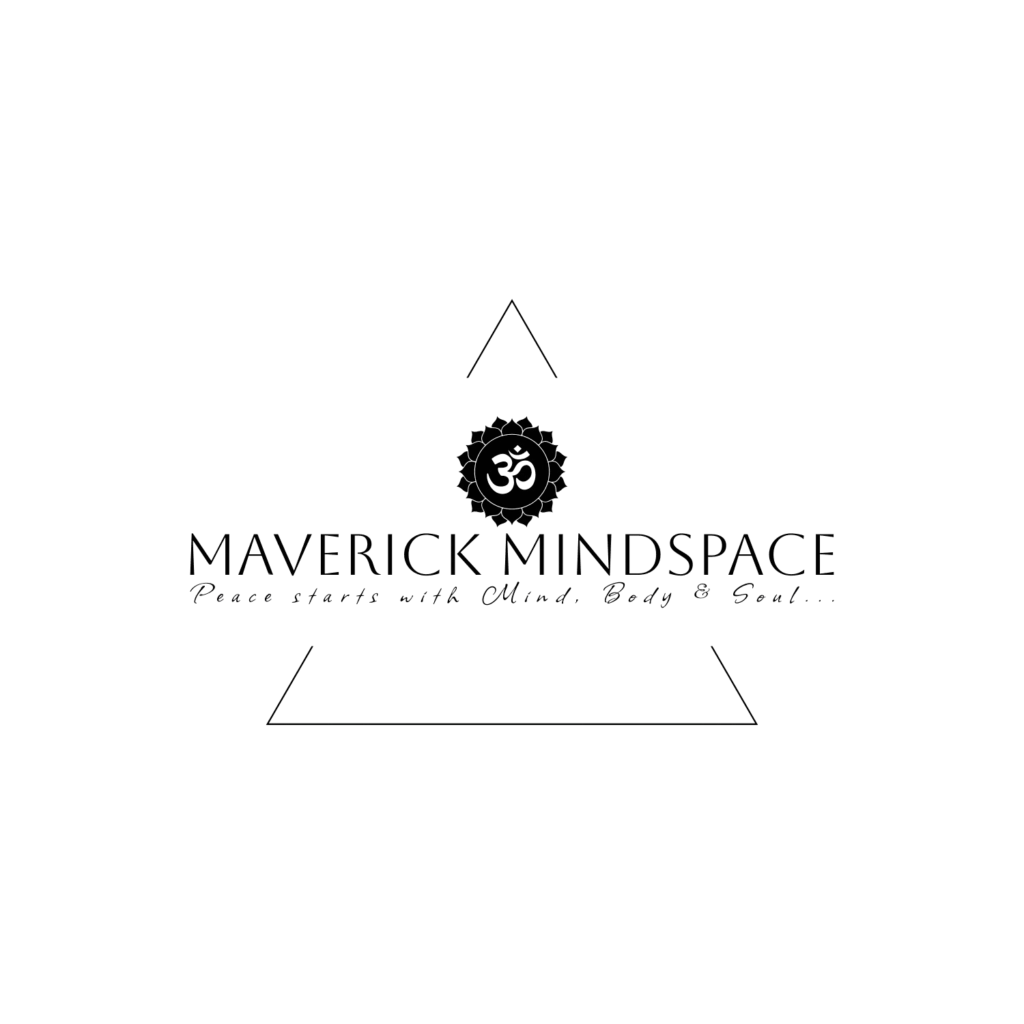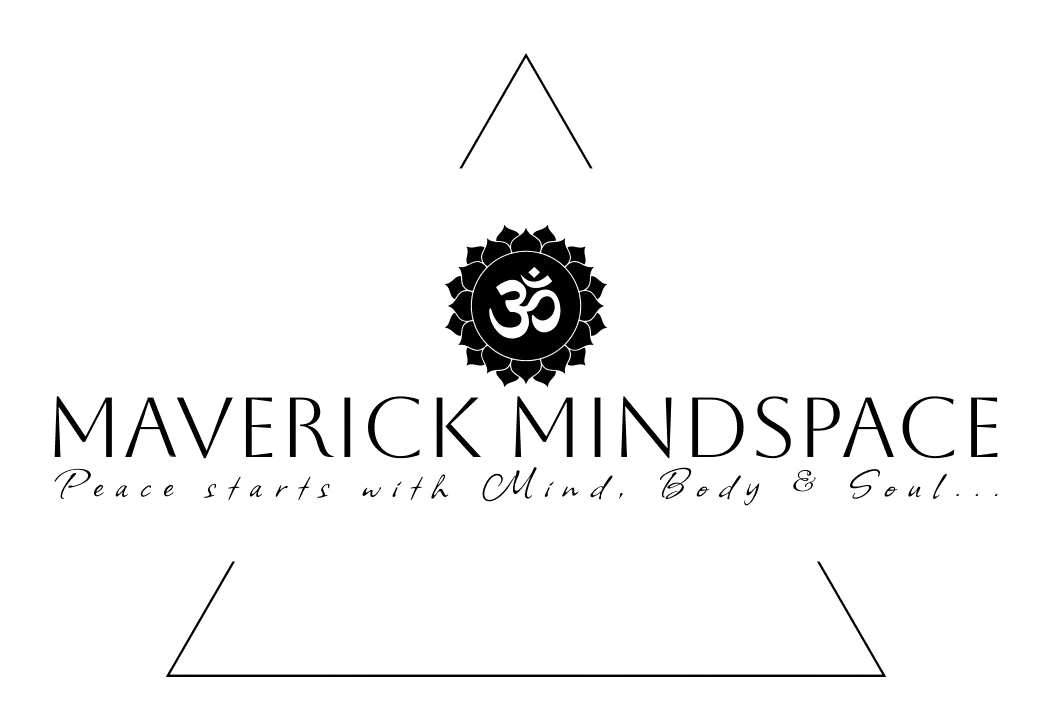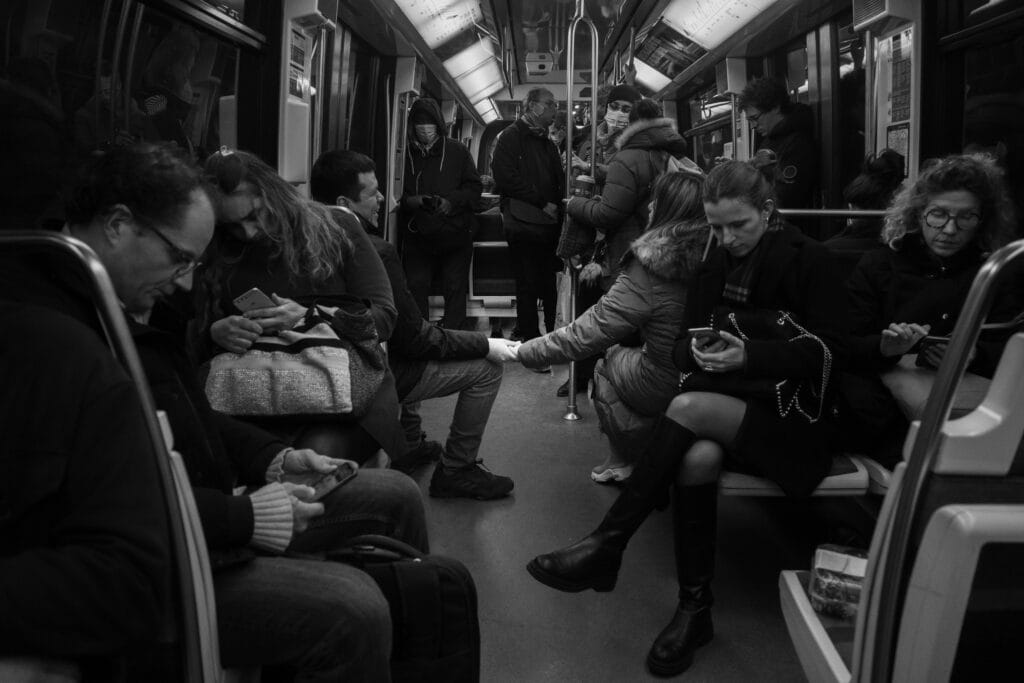📌 How to Productively Use Your Screen Time: A Guide to Digital Wellness & Mental Clarity
“In a world where screens are our constant companions, the real skill lies not in consuming content—but using it intentionally.”
Nielsen says that the typical American adult spends over seven hours a day on screens. That’s about the same amount of time as a full night’s sleep for adults. But instead of feeling satisfied, most individuals say they are burned out, distracted, and tired of technology. Why? We’re eating without thinking about it.
But what if we turned the tables? What if our displays could help us connect, learn, and clear our minds?
This article is for individuals who want to maximize their time in front of a screen. We’ll explain the science behind it, examine patterns of behavior, offer real-life tips, and show you how to productively use your screen time to regain your peace and improve your Mental Health.
This guide will show you how to productively use your screen time instead of letting it drain you.
🧠 The Science: How Screen Time Impacts Mental Health
1. Dopamine Loops
Instagram and TikTok are two apps that use loops to make dopamine levels rise.
Every notification, like, or scroll gives you a little bit of joy. But is this dopamine boost real—or just a trap that keeps us hooked?
What’s the problem?
These fake highs make people dependent and tired of paying attention.
Dopamine loops are often the reason we lose track of time. Learning to productively use your screen time helps you break free from this trap.
2. Blue Light Effects vs. Mindful Screen Time
Screens give forth blue light, which stops melatonin from working.
Melatonin is the hormone that controls sleep. But when our eyes are constantly exposed to blue light, it is difficult for us to have a good night’s sleep.
Research from Harvard in 2020 discovered that being exposed to blue light might make you sleep later by up to three hours.
3. Cognitive Overload
Multitasking between browser tabs, applications, and media fractures attention. The American Psychological Association says that this makes it harder to remember things and makes people more anxious.
“It’s not that screens are evil. It’s how we use them that makes the difference.” — American Psychological Association
But here’s the other side: when we use screens on purpose, we improve our creativity, emotional connection, and mental strength.
🔍 Deep Dive: Analyzing Screen Behavior to Productively Use Your Screen Time
1. Social Media: Distraction or Community?
The Problem: When we go through highlight reels over and over again, it makes us feel like we’re missing out and that we’re not good enough.
The Productive Shift:
We should only follow social media accounts of people who teach us and inspire us in a good way.
We need to stop liking things and start leaving comments or messages that mean something. Likes are not a kind of digital affirmation.
We should utilize the platform to engage with other people, not to compare our lives to theirs.
- Whether it’s social media or Netflix, every moment you spend on a device is a chance to productively use your screen time or waste it.
📎 Also Read: 7 Powerful Ways Social Media Impacts Your Mental Health
2. Entertainment: Relaxation or Drain?
The Problem: We sometimes want to sleep, yet binge-watching messes up our sleep schedule and makes us feel numb.
The Productive Shift:
We need to set a time limit for how long we may watch (1–2 episodes max). I will finish the full season in one night, and there should be no rivalry with my head.
Choose content that fuels growth—like documentaries, TED Talks, or educational YouTube channels.
3. News Consumption: Stay Informed, Not Inundated
The Problem: Breaking news every hour = rising cortisol and stress.
That’s when I started to productively use my screen time for inner reflection.
When we read or watch a lot of news, it gives our brains bad signals since news is made in a messy and overhyped style to keep people interested.
The Productive Shift:
Only read the news for 10 minutes a day.
Instead of watching the news, we may read the newspaper.
After reading, think on the news, write in a notebook, talk about it, or turn off your phone.
4. Learning & Creativity: Turning Screens into Skills
The Opportunity: We should make the most of our screen time by learning new skills, getting certifications, or improving our brains.
The Productive Shift:
We need to make time to study every day for 15 to 30 minutes.
Duolingo is for learning languages, Skillshare is for learning creative skills, and Khan Academy is for learning.
To gain momentum, celebrate little triumphs.
🌟 My Story: From Heartbreak and Digital Addiction to Mental Clarity
I wasn’t getting enough sleep. My mind was racing all the time because of stress at work, emotional exhaustion, and sadness from a recent split. I couldn’t stop looking at my ex’s Instagram page, which made me feel worse about myself and more like I was comparing myself to them.
I set a timer for Instagram, but it didn’t help. I didn’t pay attention to any of the reminders. I didn’t listen to what my pals said. I didn’t pay attention to myself. I thought using social media would help me forget about the agony, but it just made it worse.
I was unable to make choices. I felt like someone else was driving my life.
Then, one night, I saw The Pursuit of Happyness. Something clicked. That remark about fighting for your dream no matter how hard life hits—hit home
I learned that time is valuable. I could never get back the time I wasted on autopilot.
So I got James Clear’s book Atomic Habits. I began to think that even the tiniest good improvement was important as I read each page.
I started spending less time in front of screens. Slowly.
Instead of using social media, I worked out, read, cooked, wrote in a notebook, and studied hard. Each action wasn’t huge—but it was intentional. That’s what began the healing. I made a tracker in Excel to help me keep on track. I took Instagram from my phone. I moved to LinkedIn, Calm, and other products that made me feel better instead of worse.
And it made everything different.
I got my attention back. My thoughts calmed down. I stopped living and began reconstructing.
That’s when I started to productively use my screen time for reflection, creativity, and growth.
“May you be heartbroken, broke, or overwhelmed—you can still choose to fight back.”
Download our free Screen Detox Tracker + Reflection Journal to help you productively use your screen time every day.
📊 Blue Light & the Youth Crisis: A Scientific Wake-Up Call
“We didn’t lose our minds—we just handed them over to screens.”
What the Study Says:
- Research from Harvard found that blue light before bed lowers melatonin levels twice as much as other light.
- Young people who spend more than seven hours a day on screens are more likely to be depressed.
- Apps are designed with dopamine triggers that keep us coming back and to use them for long hours.
♻️ Swapping Habits: Small Changes, Big Results
| Screen Trap | Healthy Swap |
| Late-night scrolling | ✅ 10-min meditation (Headspace, Insight Timer) |
| Netflix till 2 AM | ✅ Task tracker + gratitude journaling |
| Eye strain | ✅ 30-min walk in sunlight daily |
| TikTok drama | ✅ Personal growth book (Atomic Habits, The Power of Now) |
| Multitasking | ✅ Pomodoro technique + deep work blocks |
| Influencer comparison | ✅ Gratitude journaling |
🌤️ Nature, Stillness, and Habit Stacking
I didn’t go offline when I got digital fatigue. I went outdoors.
According to Ayurveda, the human body is composed of 5 elements, i.e. earth, water, fire, air, and space (or ether). These are known as the Pancha Mahabhutas.
Every morning, I walked barefoot on the grass and into the light. That mix of sunshine and solitude was my first cleanse.
Then I read Atomic Habits by James Clear. Using his technique, I stacked routines:
Journal right after brushing my teeth.
Read one page after making coffee.
I traded my phone for a book that was next to my bed. A chapter a night brought me more calm than hours of browsing.
✨ Bonus: Build a Screen Recovery Routine
You can use this routine to use your screen time for your mental health productively.
☕️ Morning Ritual (No Screen First 60 Min)
10 min meditation
Drink water and get sunlight
Read 1 page of a physical book
Journal your intention for the day
🌚 Night Wind-Down (No Screen 1 Hour Before Bed)
Gratitude journaling
Gentle music/audio story
Stretch or deep breathing
Sleep before 10:30 PM
This simple structure can help you productively use your screen time every day and improve your mental wellness.
 FAQs: Productive Screen Time
FAQs: Productive Screen Time
Q1: Can screen time benefit mental health?
Ans: Yes. Screen time may boost self-esteem, help people connect, and spark learning when used with a purpose. So when you start to productively use your screen time, it benefits your mental wellness.
Q2: What’s a healthy amount of screen time daily?
Ans: There isn’t one that works for everyone. Pay attention to how you spend your time. It’s time to change if half of your use feels exhausting.
Q3: How do I stop doom-scrolling?
Ans: Stop autoplay.
Set times for check-ins (such as just after lunch).
Instead of wanting to do anything, try going on short walks or doing breathing exercises.
Q4: What tools help manage screen use?
Ans: Forest / StayFree: Timers for apps that are fun to use.
Flux and Night Shift are programs that filter out blue light.
Headspace and Calm: Guided meditation before bed.
🔎 Final Insight: Rewire Your Relationship with Screens
“It’s not about less screen time. It’s about more lifetime.”
Screens are tools. When you learn how to productively use your screen time, it may help you develop, strengthen your relationships, and improve your mental health. But you need to set clear limits, make tiny changes, and know what you want.
Start small today:
For one week, keep a diary on your screen.
Set one limit, like no phone calls after 9 PM.
Pick one online learning objective to work on.
Your screen time should show your principles, not your bad habits.
“Almost everything will work again if you unplug it for a few minutes… including you.” — Anne Lamott



 FAQs: Productive Screen Time
FAQs: Productive Screen Time